Review: Nikon FX wide-angle lenses
Nikon AF-S NIKKOR 17-35mm f/2.8 AF-S Zoom NIKKOR lens with SEA&SEA M77 Internal Correction lens
Jack Connick kindly took the following series of test shots with his Nikon 17-35mm f/2.8 AF-S in challenging visibility while waiting for mantas to show up in Yap!
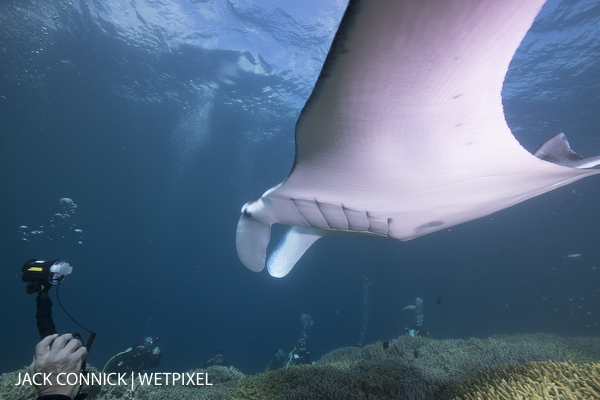
The AF-S Nikkor 17-35mm f/2.8 AF-S is a popular legacy lens. Originally introduced in 1999, it was designed to provide a relatively wide angle option with the cropped sensor D1 camera. Topside, it is (subjectively) less sharp that either the 14-24mm f/2.8 or the 16-35 f/4.
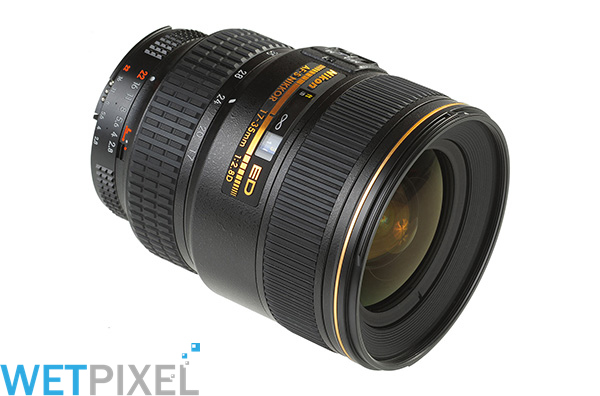
Listed minimum focus distance is 1 foot (0.28m) from the image plane. Anecdotal experience suggests that it is actually closer to 10.5” (27cm).
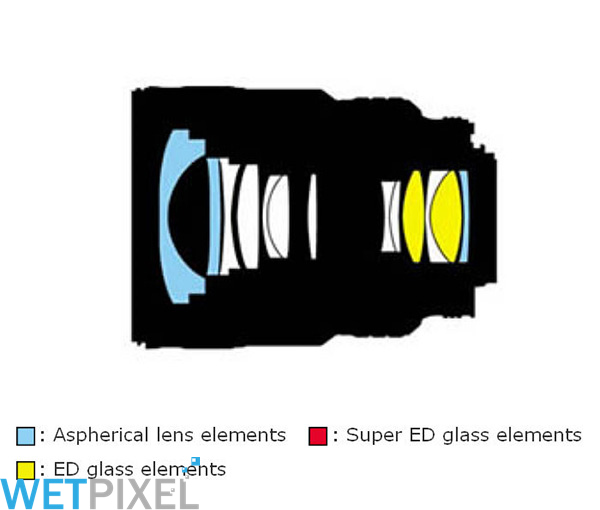
It has 13 elements in 120 groups with 2 ED glass elements and 3 aspherical elements. Two of the asperics are molded glass, while one is “composite.” It also has 9 rounded diaphragm blades.
For the tests, Jack shot the lens at 17mm and 35mm and, similarly to the 14-24 tests, it is possible that there are other focal lengths that provide better results. He was also using a Sea&Sea M77 Internal Correction lens. The manufacturer claims that this correction lens adds around 2 “stops-worth” of usable corner sharpness. Jack used 70mm of extension on his Nauticam housing and a SAGA 230mm (9”) dome. The camera was a Nikon D850.
Test at 17mm
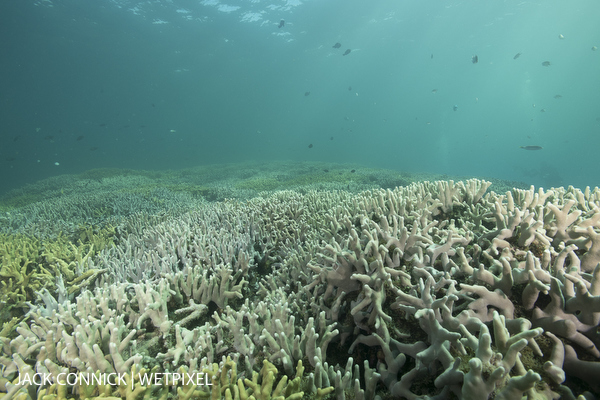
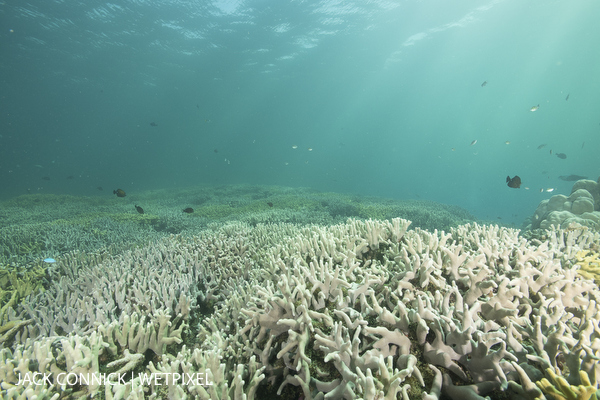
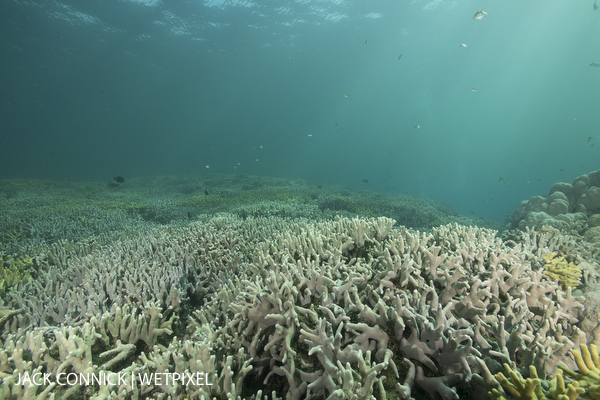
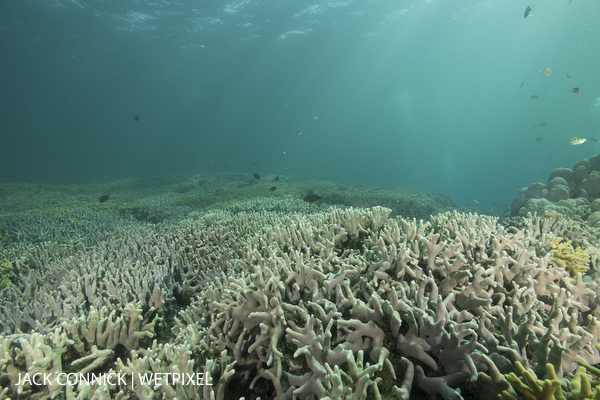
For comparison purposes, full high resolution downloads of the images are available here. Please use the password “wide-angle15”.
Test at 35mm

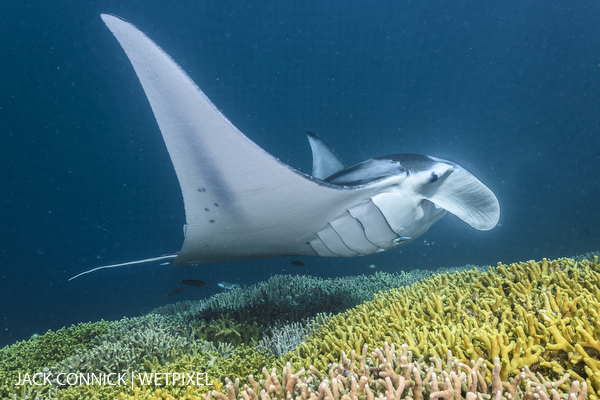
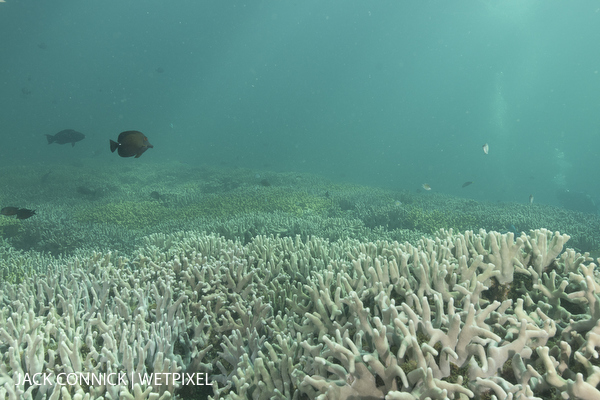
For comparison purposes, full high resolution downloads of the images are available here. Please use the password “wide-angle15”.
Conclusion
This lens seems to provide acceptable corners at around f11/f13 at the 17mm focal length and at around f13 at 35mm focal length. Bear in mind that this is with the Sea&Sea Correction Lens fitted which should provide an extra 2 stops. This would mean that in order to get acceptable corner sharpness without the Corrector, it would be best to shoot this lens only at apertures of f/13 to f/15.
It should be pointed out that without testing it without the corrector, this is impossible to verify!
Of course, if corner sharpness is not an issue (big animals in the blue)or if you plan to only use images at screen resolution, these results are completely subjective!
Many thanks to Jack Connick for supplying the test images. Jack describes himself as an adventurer, diver, sailor, photographer, writer and sometimes graphic designer and he is the owner of Ocean Optical Sales in Seattle. He has made over 1300 dives in 10 countries around the world and leads dive trips at least twice a year.
- Introduction.
- Nikon AF-S NIKKOR 14-24mm f/2.8G ED.
- Nikon AF-S NIKKOR 16-35mm f/4G ED VR.
- Sigma 20mm f/1.8 EX DG.
- Nikon AF-S NIKKOR 20mm f/1.8G ED.
- Tokina 17mm f/3.5 AT-X.
- Nikon AF-S NIKKOR 17-35mm f/2.8 AF-S Zoom.